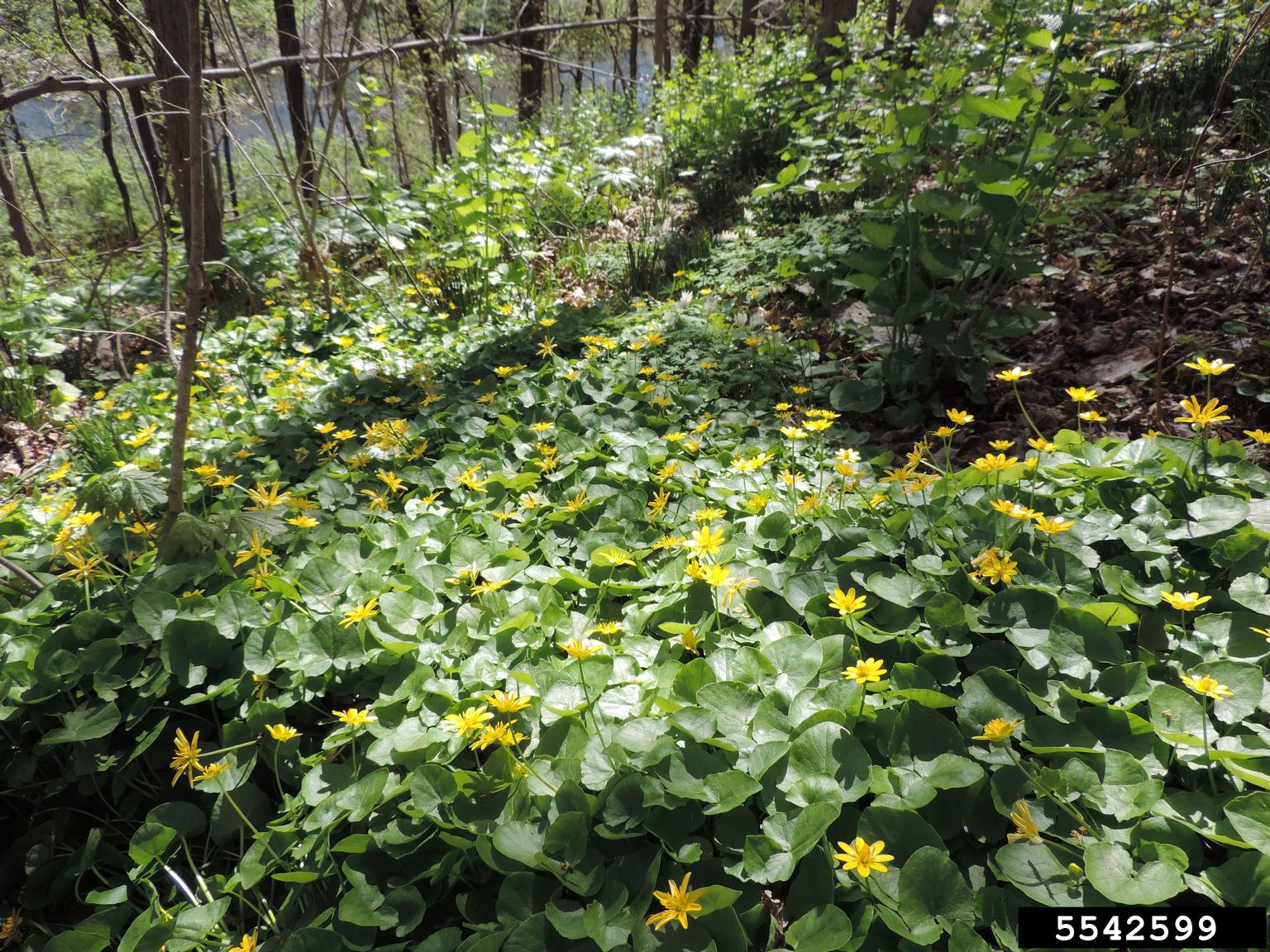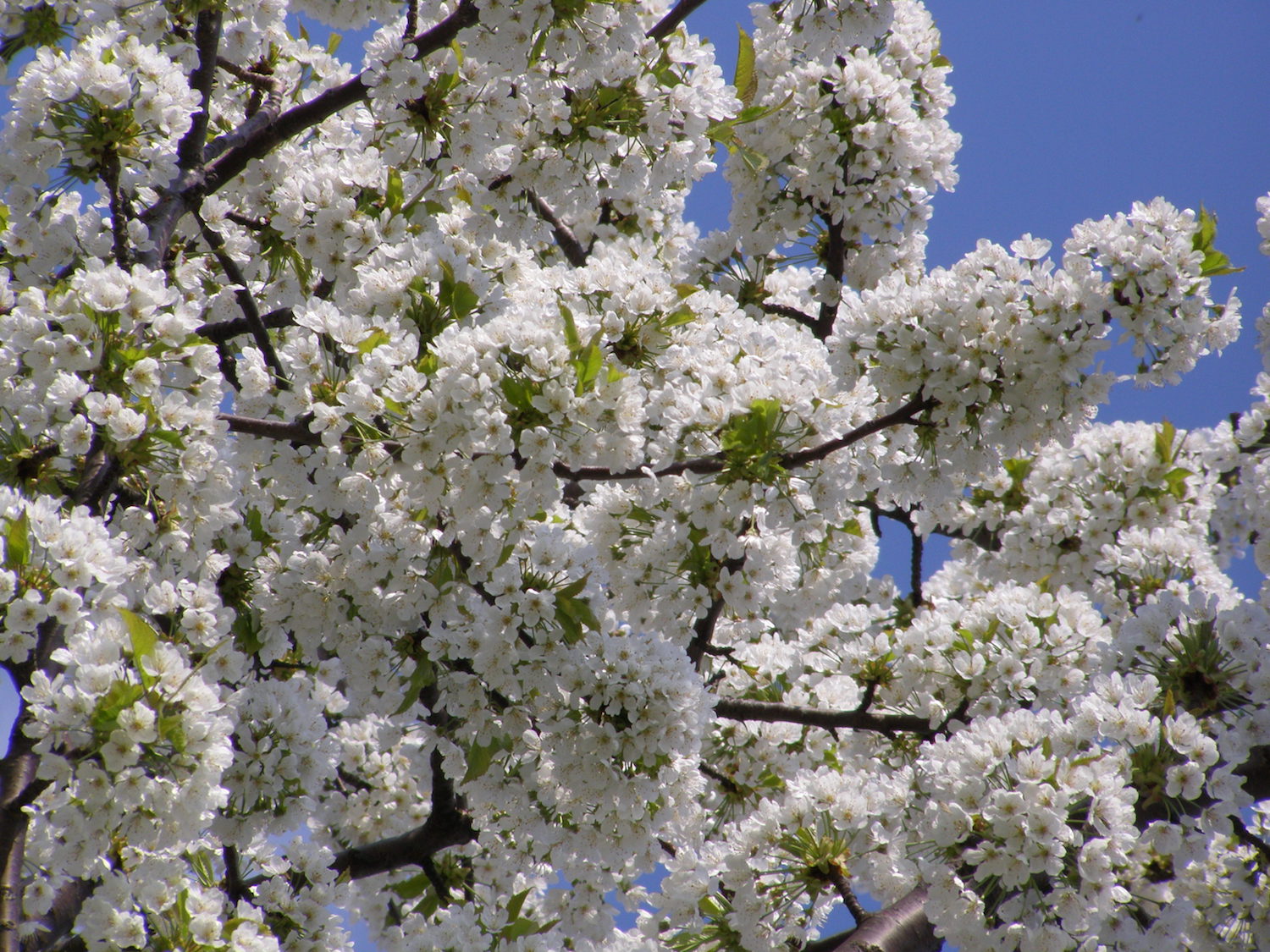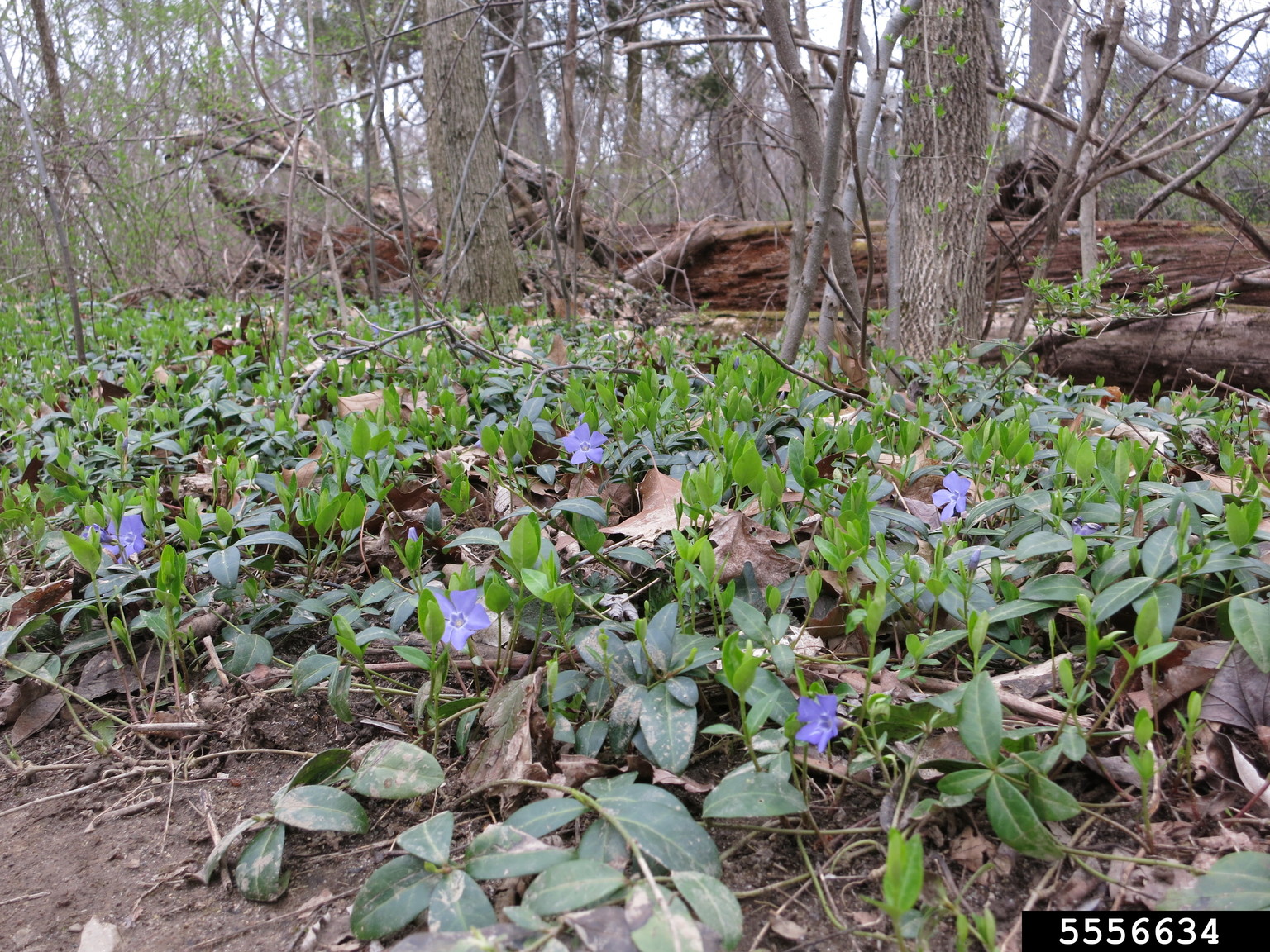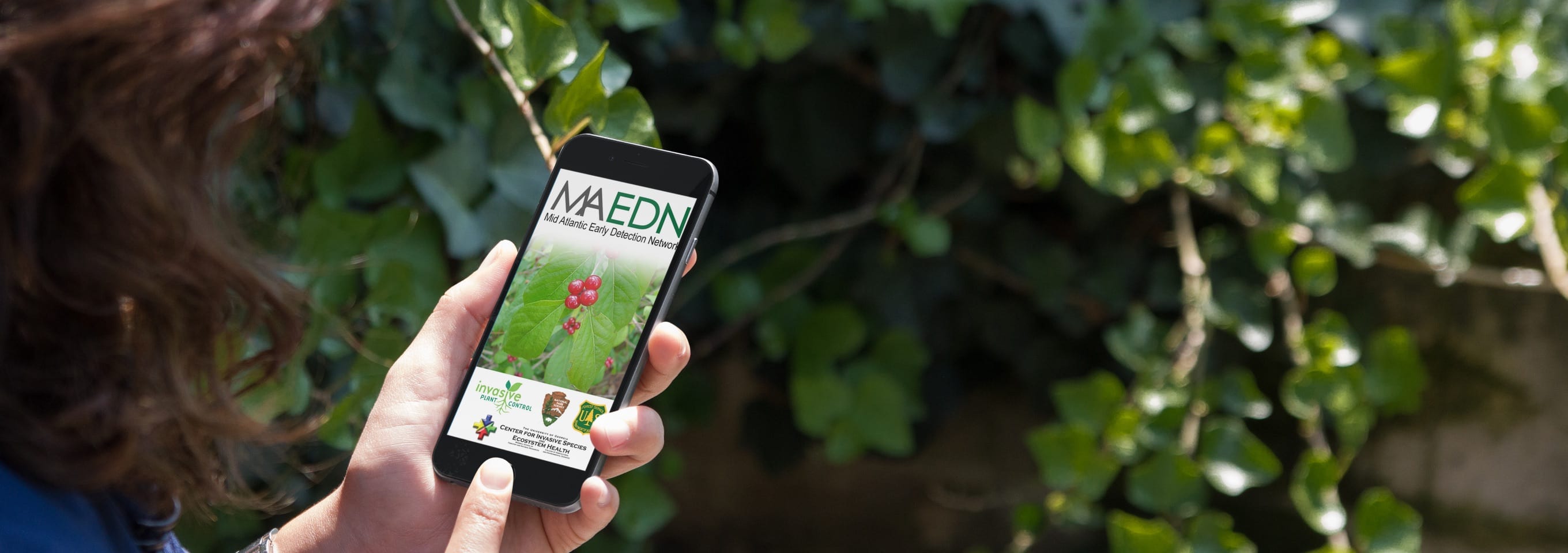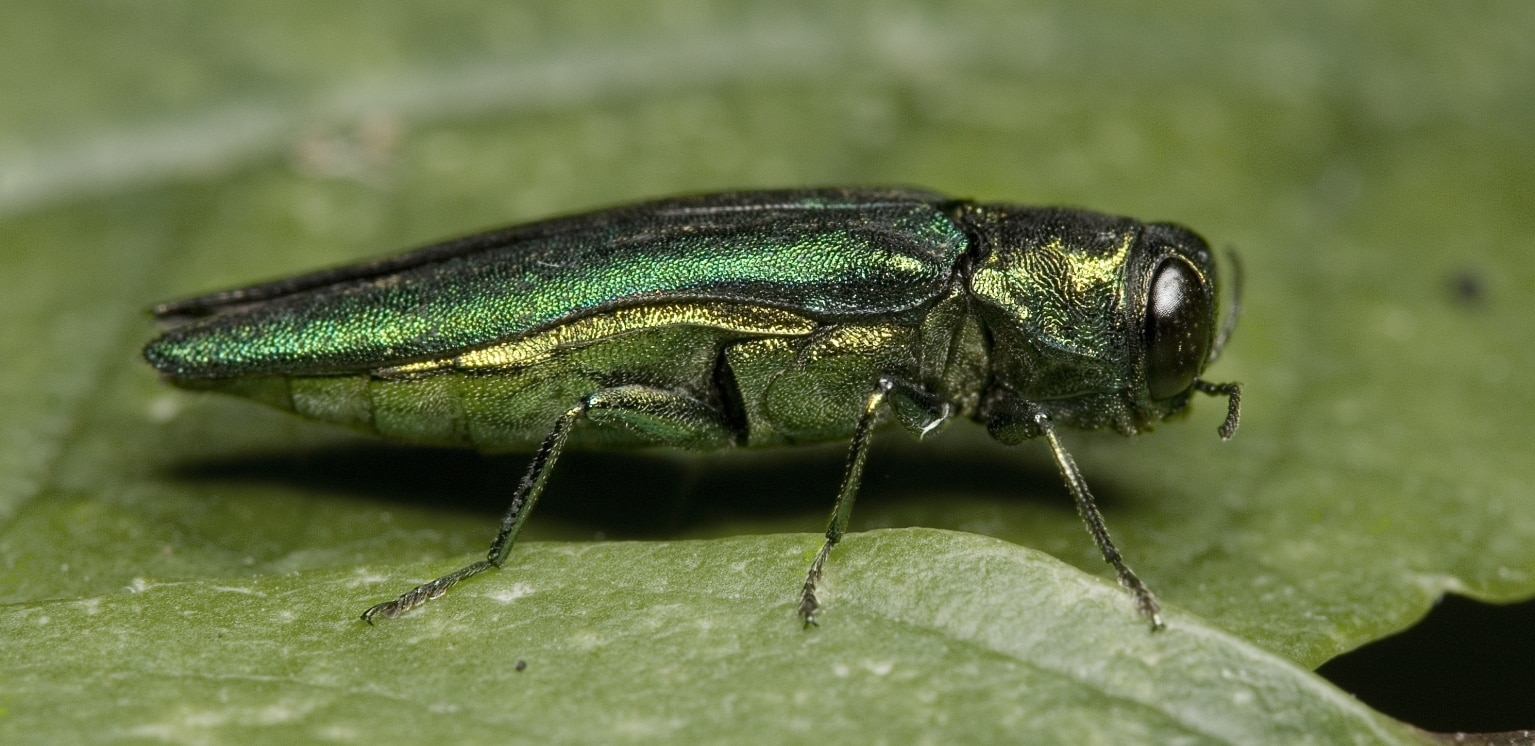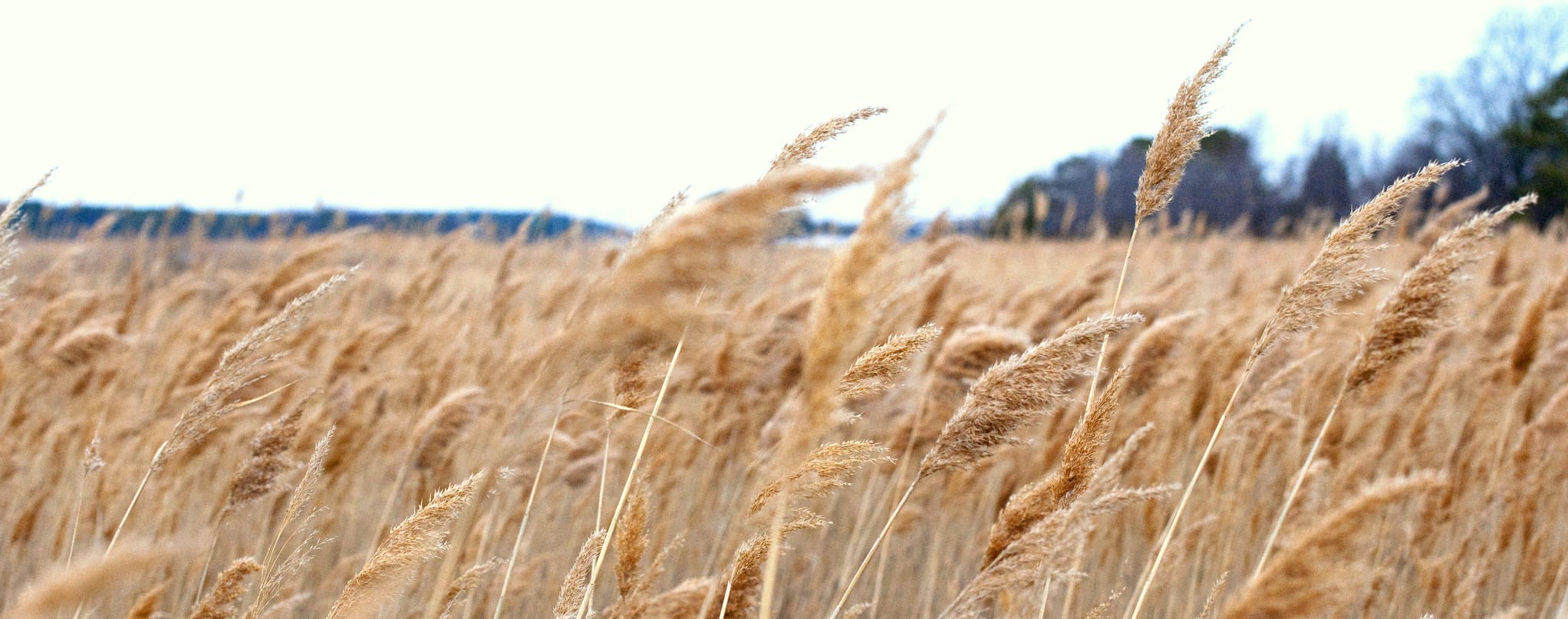
Importance to Maryland – Mouse barley (Hordeum murinum ssp. leporinum), also known as wall barley or hare barley, is an invasive grass that is new to the Eastern United States. The ripe seeds of mouse barley catch on to the fur of passing animals, and then, as the awns and barbs wear down over time, […]
